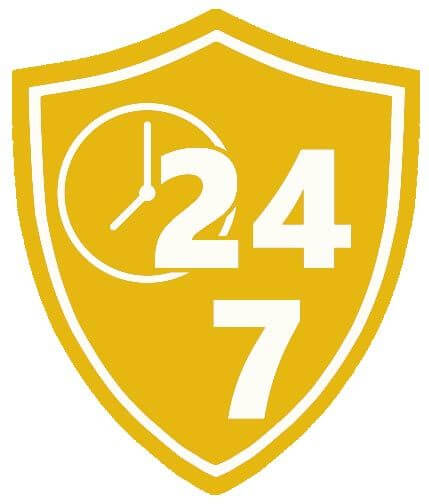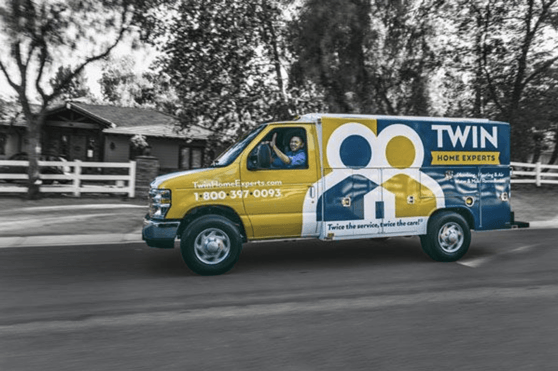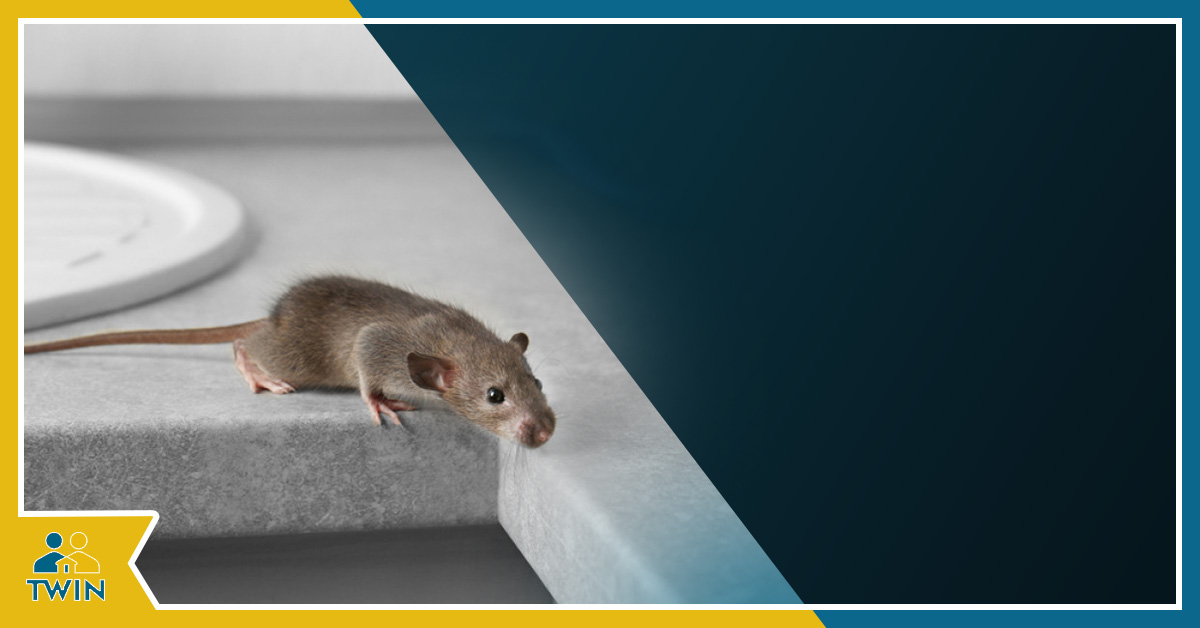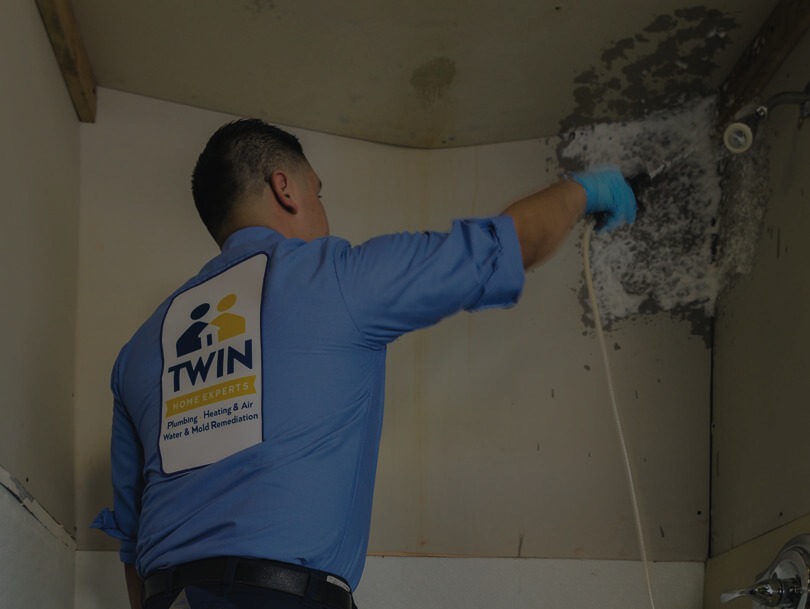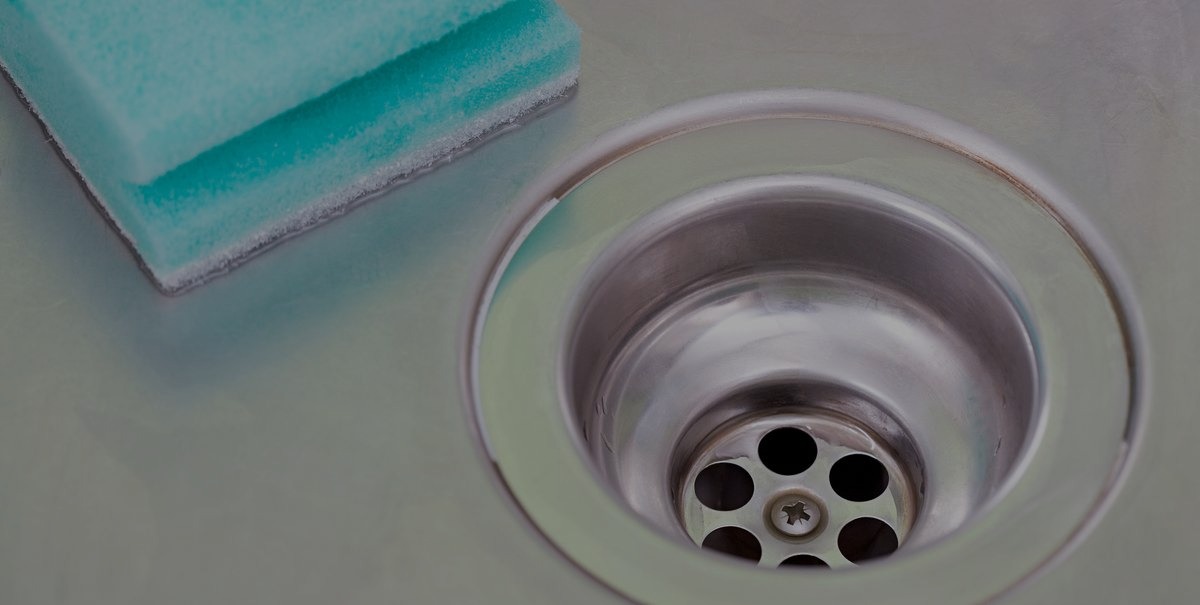Proper Testing Takes Time but Worth it to Stop the Leak

Once this has been identified and mapped out, then a protocol should be created. Because there was a water fountain, it made things a little more complicated. As you can see in the video below, though, it was completely drained.
Here are some ideas for you if you are dealing with a similar type of situation:
We began to trench pilot holes in three different areas around the perimeter of the fountain. This allows us to:
A – Locate water below, if there is any
B – Add water in the holes and let it sit over night
C – Get as close as we can to the concrete
D – Locate any underground pipes.
E – Run camera equipment inside drain lines
F – Inspect and run water to test irrigation system
One great test that was successful and we highly recommend you using is “bright dye liquid.” It’s a very concentrated solution and can be used up to 20,000 gallons. Most of all, it is safe for the environment.
After performing our myriad of tests, we determined it was the concrete slab that was beginning to get porous from all of the years that water had been sitting at the bottom between the soil and the concrete slab. We also discovered that there was not sufficient drainage for the water to escape.
The other conclusion we made was that the discharge line to the water fountain was beginning to corrode because the materials were cast iron. In fact, we saw in our colored drain camera water leaching at some of the joints.
When performing these types of leak detections, assume that it will take 4 to 6 days. It is not the quickest process. All of these tests take time.
At the Twin Home Experts, we love to educate and provide our 25 years of experience in many facets of the plumbing trade. Any questions? Feel free to contact us today!
The post Parking Structure Leak Detection in Century City appeared first on Twin Home Experts.
